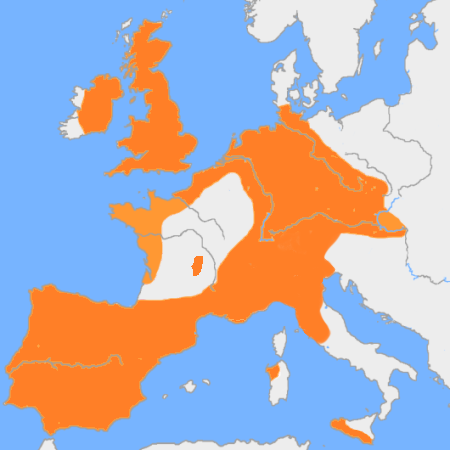bicicleur 2
Regular Member
- Messages
- 6,367
- Reaction score
- 1,402
- Points
- 113
That seems quite a plausible connection now you mention it.
#
edit:
burning house horizon article, ty
75-80 year cycle speaks against soil exhaustion as a reason so i'll scratch that theory
the domicide idea - cremating the house - sounds plausible
it's interesting how they got the fire to burn hot enough to fire the clay - my first thought was if the whole town was set on fire and the houses were all close together maybe that created a fire storm?
the second thought was your kiln comment - not sure how it could be achieved but somehow walling the house in like it was in a kiln
(thinking aloud)
edit2:
although my heart belongs to half-yeti mammoth hunters my head is very impressed with Cucuteni
maybe they turned the house itself into a kiln before setting it to fire
the walls were allready mud-plastered
if you would plaster the roof as well, you would have a large kiln













